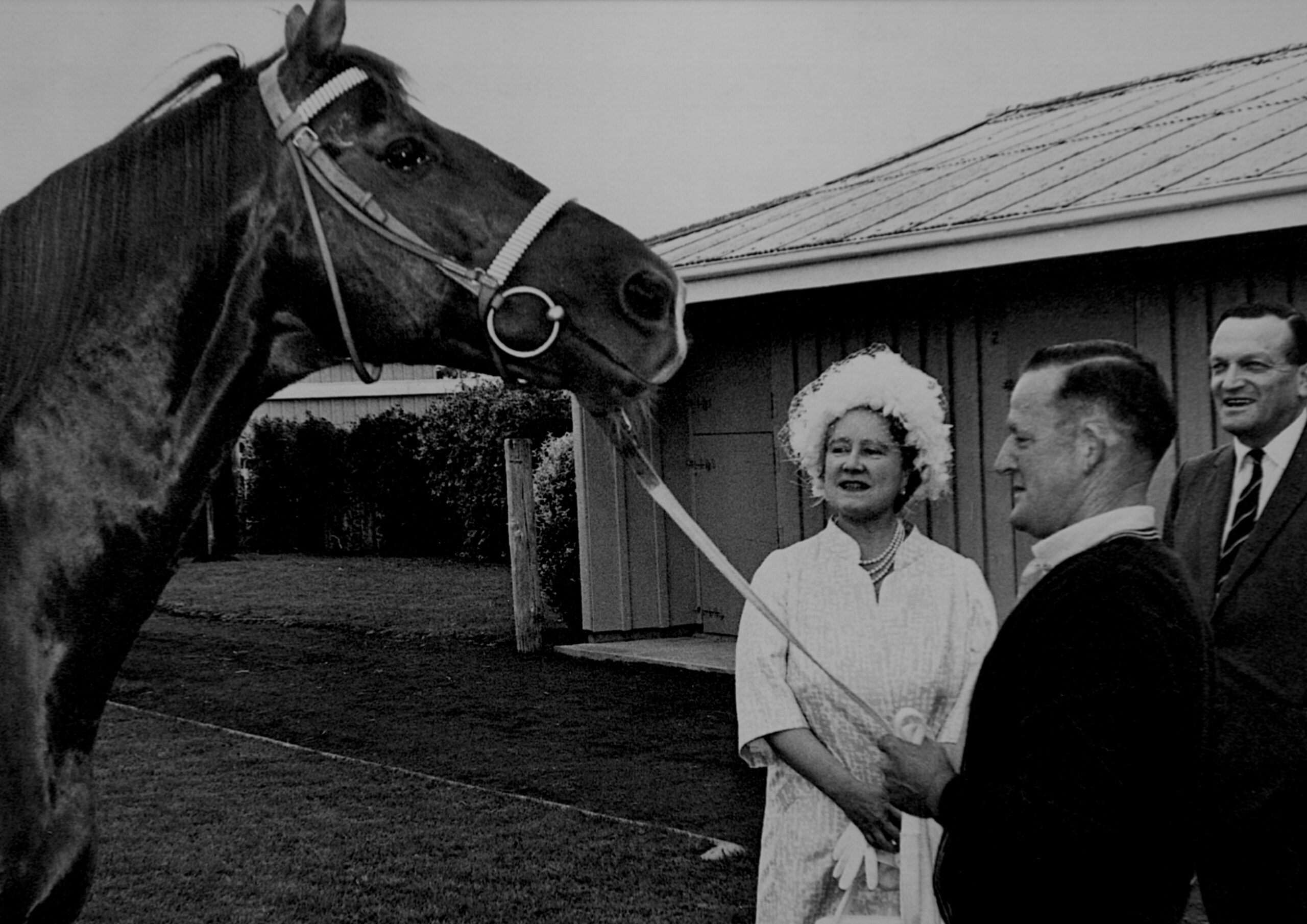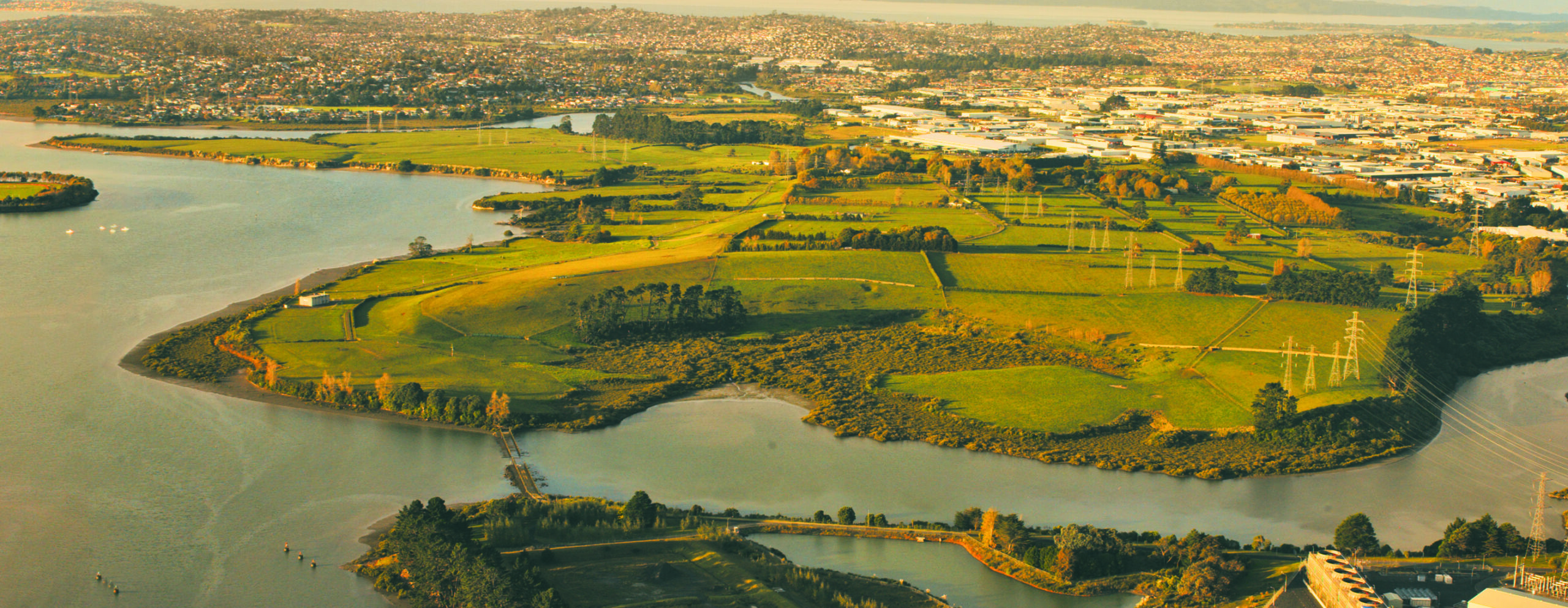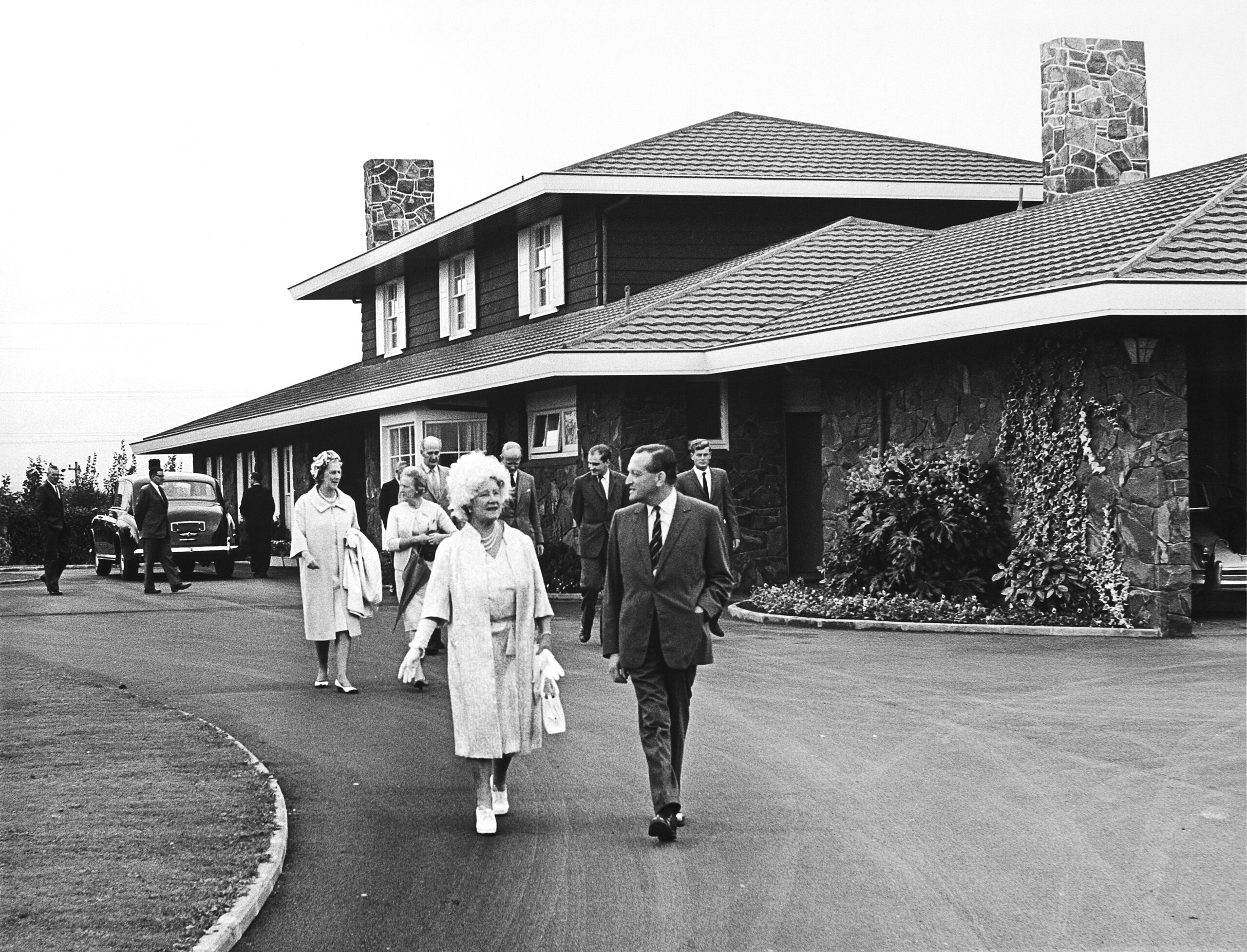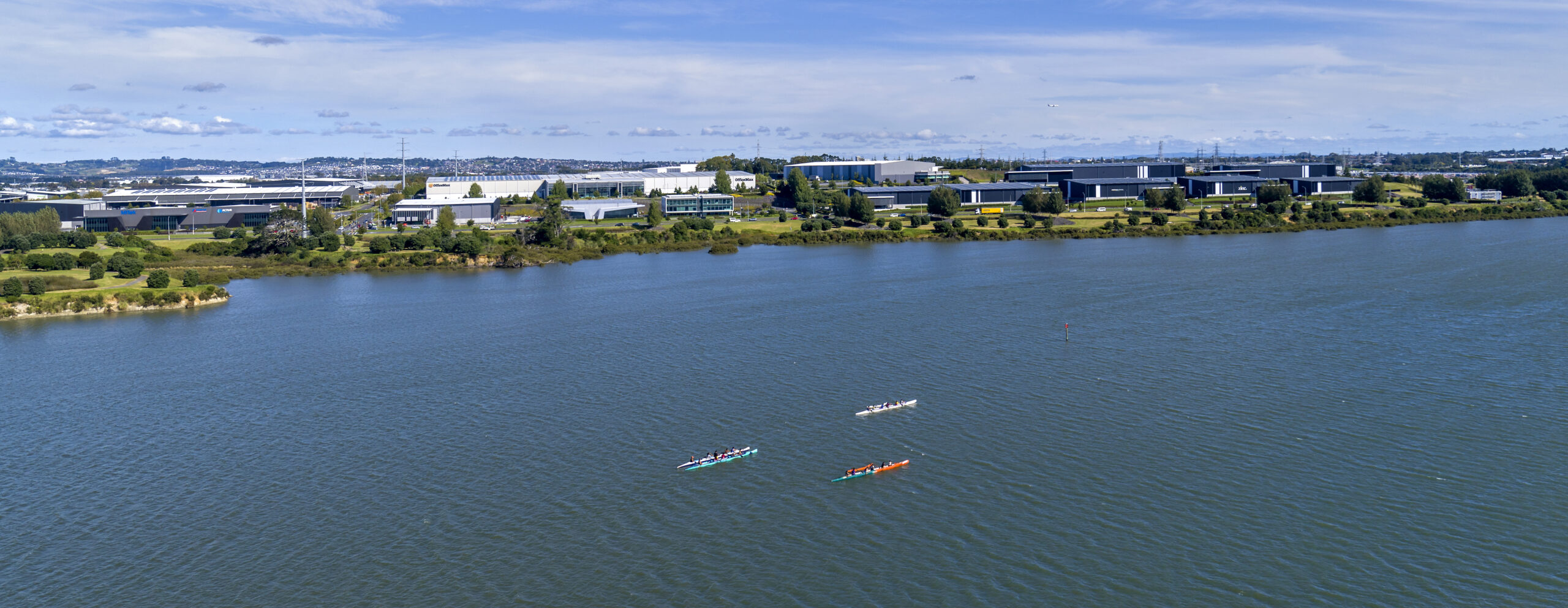Highbrook history
Once a major transport route between Waitematā and Manukau Harbours for local Iwi. The tracks take you around the Pukekiwiriki crater, which is one of Auckland’s oldest extinct volcanic craters (estimated 50,000 to 100,000 years), the Pukekiwiriki crater rim rises twenty metres above the river terrace.
The Waiouru Peninsula was originally part of the Tāmaki Block, also known as the ‘Fairburn Block’. This large land holding estimated to comprise 40,000 acres, was purchased by William Fairburn, a missionary with the Church Missionary Society, from Tuiri of Ngāti Tāwhaki, Herua of Urikaraka and Hauāuru of Matekiwaho in 1836. In 1837, Fairburn returned approximately one third of the land to Ngāti Pāoa, Ngāti Tamaterā, Ngāti Terau, Te Akitai and Ngati Whanaunga. In 1841 he gifted another third to the Church Missionary Society. The remainder, Old Land Claim 590, was later purchased by the Crown and is known as the ‘Wairoa Purchase’. Since then the land has been used by several owners as farmland.




The most recent owner was the Fisher family, who eventually owned the entire peninsula and made it the site of their successful Ra Ora stud farm. At Highbrook Crossing you will find several cafés and restaurants, including the historic Fisher House, once the home of the Fisher family. You can enjoy a range of historic photography of the thoroughbreds bred at Ra Ora as well as the famous royals who visited.




The Tāmaki River
The local Ngāi Tai and Ngāti Pāoa Iwi are descended from the Tainui canoe (waka) which arrived in the Tāmaki area over 25 generations ago. Members of the canoe settled throughout the region and the Tāmaki River became a major route for the transport of goods and people between the Waitematā and Manukau Harbours, until the construction of the Great South Road in 1863. The Waiouru Peninsula is across the Tāmaki River from the portage between the two harbours which was used by the Tainui and Aotea waka in their initial exploration of New Zealand. The portage and the Tāmaki River were heavily used by waka taking goods such as vegetables to the Auckland markets up until 1863. Some reports indicate that up to 2,000 waka regularly used the Tāmaki River.